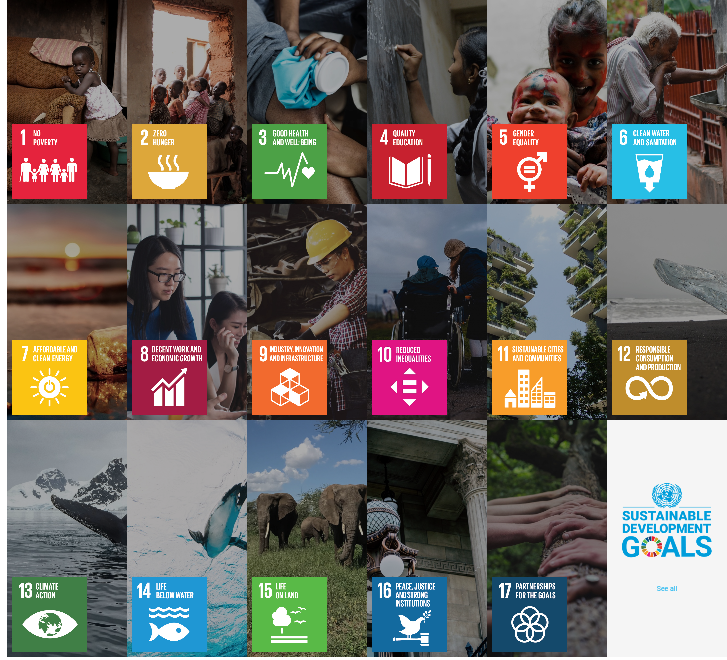Just a minor announcement about Open sessions. They will be retaken on the 16th.
You can suggest topics for the sessions. Domain-specific (e.g. health, environment, robotics, etc), subject (e.g. DCAT-AP, TouristDestinations, urban mobility, etc), or standardizations that should be mapped into the smart data models (e.g. SDG, DLT, ROS, cityGML, etc) or another topic. You could also present your presentation/questions during the session if you wish. We would appreciate you to mention why this suggested topic is relevant.









